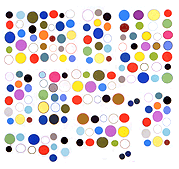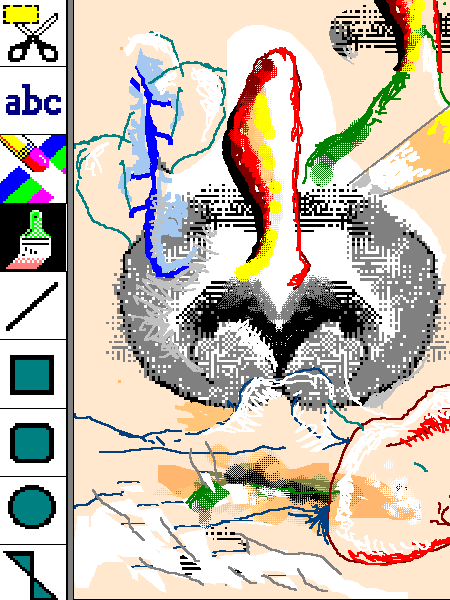"Two days after his film's premiere, McQueen met a group of reporters at a rooftop apartment while his sales executives worked the phones, fielding distribution deals from all over the world."
Andrew O'Hehir in Salon, writing about McQueen's film Hunger. You gotta love the breathless hype and deep, abiding worship of capitalism in that sentence. (We're talking about a film that interprets the 1981 IRA hunger strike as a "semi-experimental sight-and-sound sculpture.")

